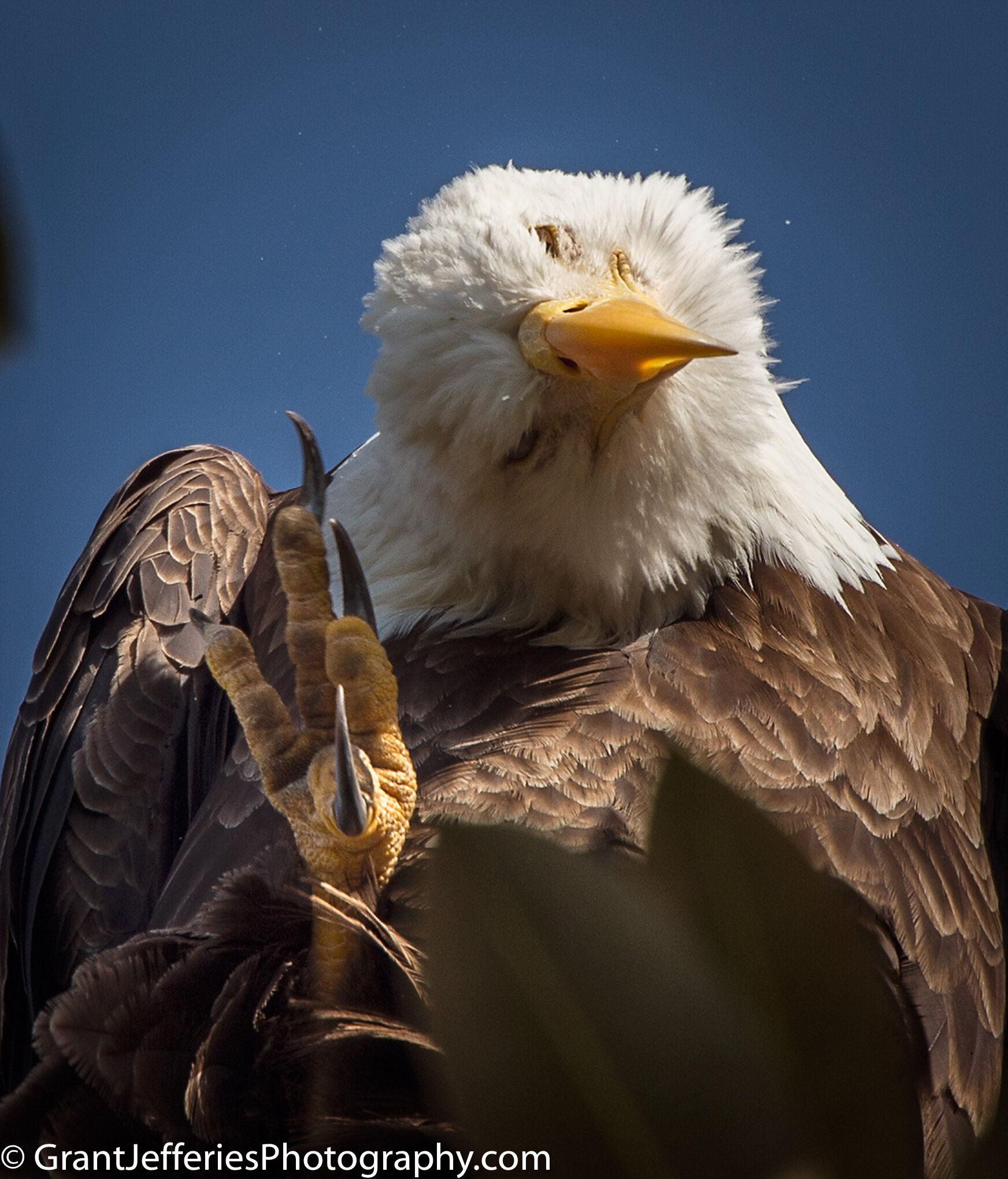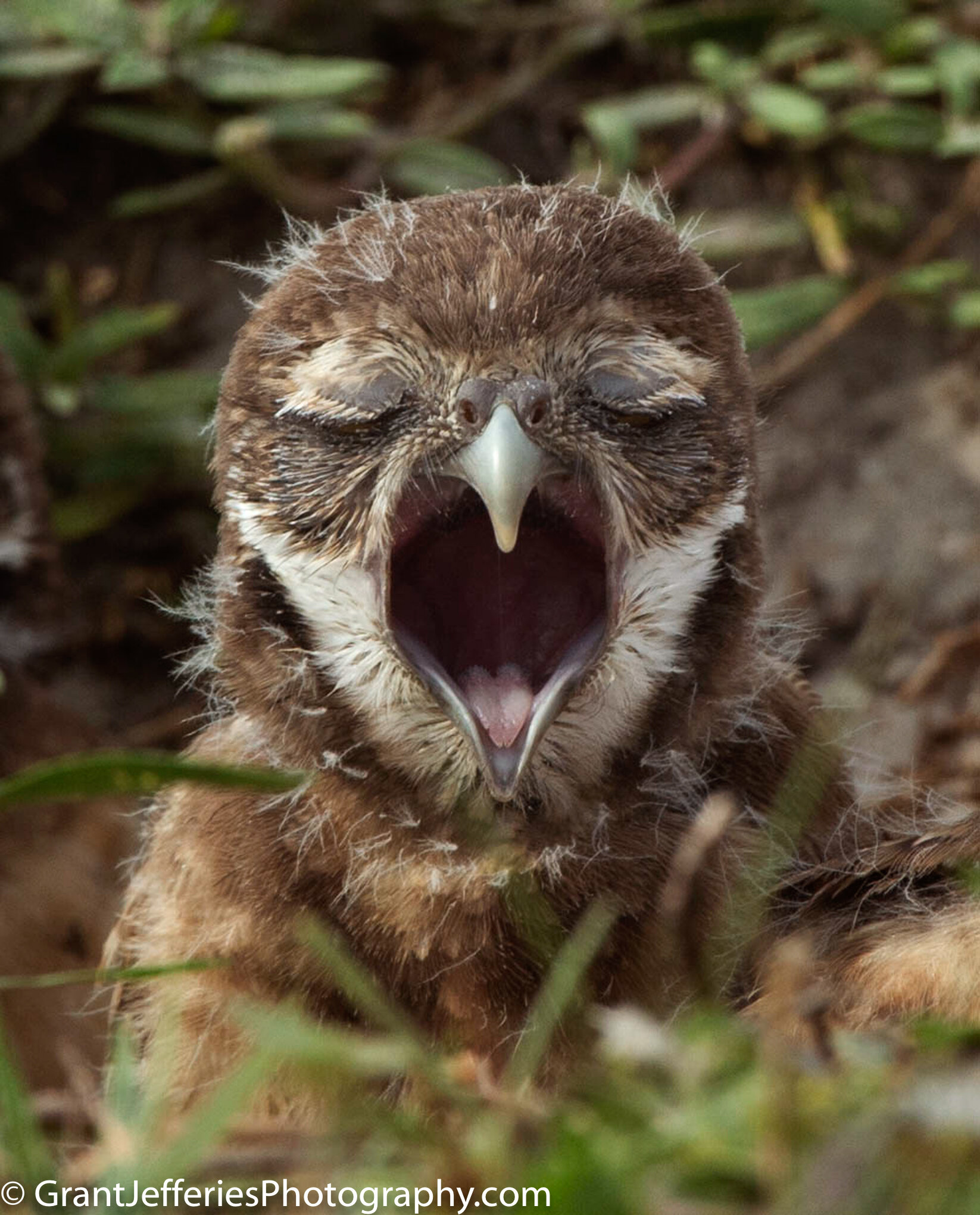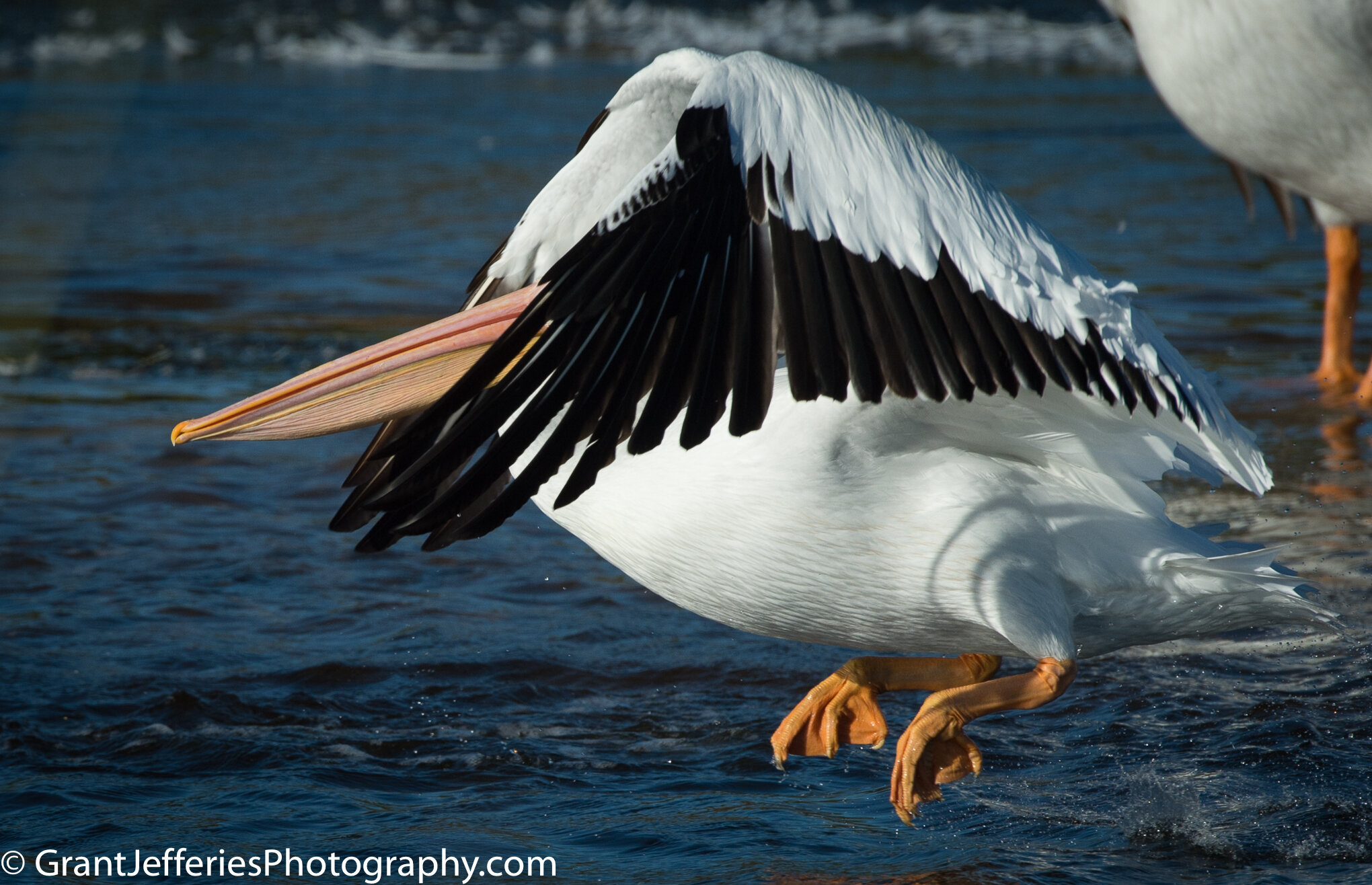Last month I had fun with a photo of an eagle on facebook. The eagle had his talons in the air and a certain expression on his face, so I asked people to caption the photo. The captions people submitted were all clever and funny. I love a good sense of humor. I am especially grateful when people get inspiration from wildlife and nature.
Good photos are meant to be thought-provoking. Sometimes birds and wildlife are so expressive they make it easy to get a reaction. Take the eagle, or the owl posted here. I love these guys for the way they show me they are full of life and on a mission here on this earth. Wildlife, whether it’s birds, fish or mammals, are busy building homes, raising families and teaching their young. And while some may say we humans anthropomorphize them by giving them our thoughts, I like to think we are trying to understand them and through that, we build empathy for the creatures around us. In some ways, it’s them teaching us.
These creatures need all the empathy we can muster. Their habitats are disappearing and their populations are dwindling. The more humans can connect with them and their expressions, the more likely we are to think twice about tearing out trees or filling in wetlands that are vital to these creatures. In that vein, I’d love to see your thoughts about this young burrowing owl in Cape Coral. They are on the imperiled species list, but a population of them has learned to live around the library. ball fields and even on some lands cleared for development. Post your captions in the comments below or on Facebook.






